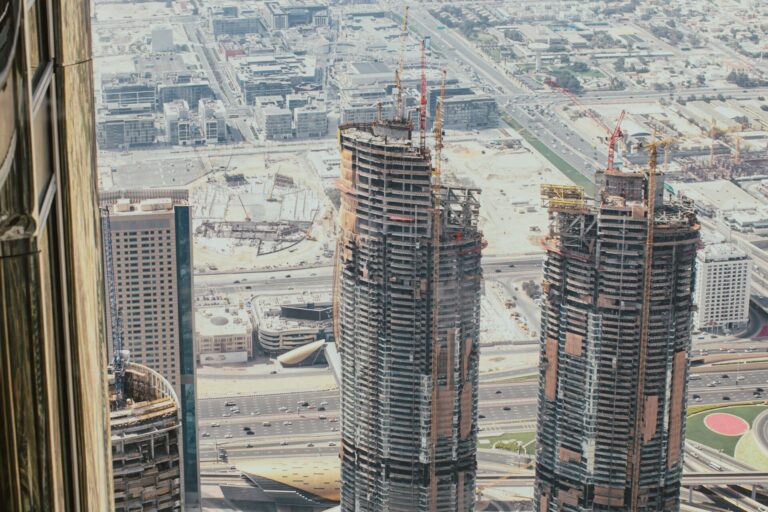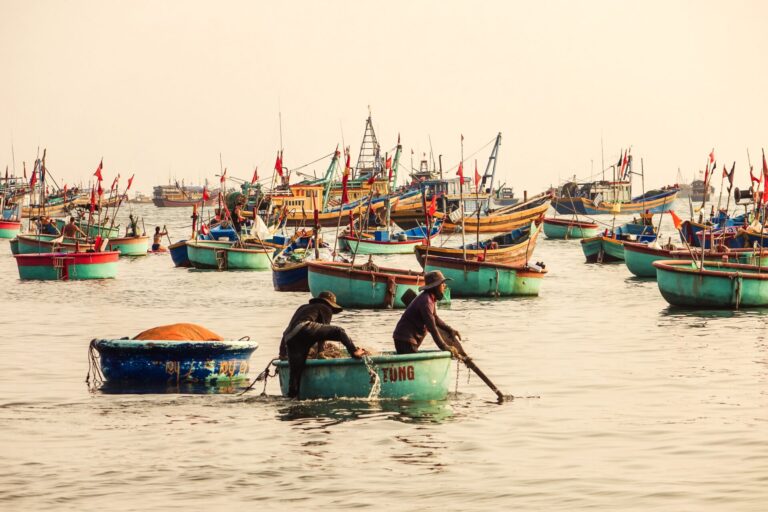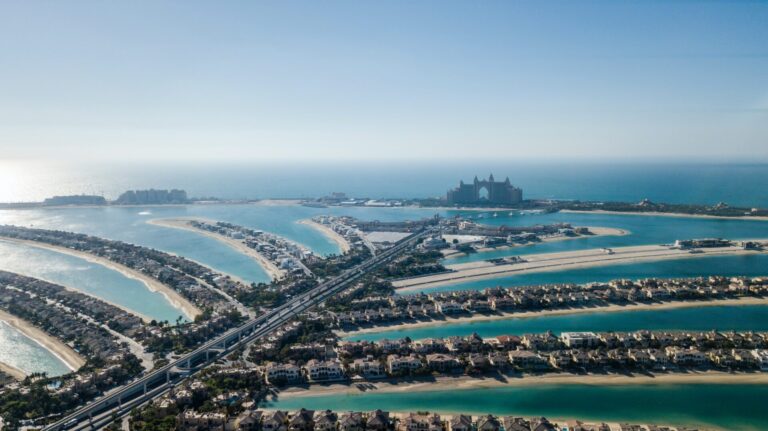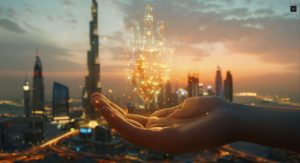Dubai’s real estate market has been booming in recent years, making it an attractive...
Tourism
Dubai, a global city and business hub in the United Arab Emirates, is a...
Dubai is known for its stunning architecture and engineering marvels, but perhaps one of...
Dubai’s development story is an inspiring one, filled with visionary leaders, daring entrepreneurs, and...









